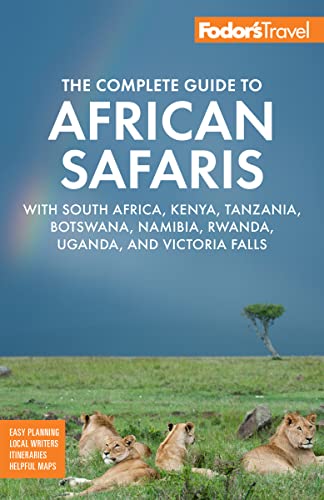The legendary Masai Mara Game Reserve ranks right up there with Tanzania's Serengeti National Park and South Africa's Kruger National Park in terms of the world's finest wildlife sanctuaries.
Established in 1961, some 275 km (171 miles) southwest of Nairobi, the Mara covers an area of 1,800 square km (702 square miles) and includes part of the Serengeti ecosystem that extends from northern Tanzania into southern Kenya. This ecosystem of well-watered plains supports one of the largest populations of numerous animal groups on earth. There are more than 1 million wildebeests; 250,000 Thomson's gazelles; 250,000 zebras; 70,000 impalas; 30,000 Grant's gazelles; and a huge number of predators including lions, leopards, cheetahs, jackals, and hyenas. There are also more than 450 species of bird, including 57 species of raptor. Every January the wildebeests start to move in a time-honored clockwise movement around the Serengeti toward the new, fresh grazing in the Masai Mara. It's an unforgettable experience.
Local communities, not Kenya Wildlife Services, manage this reserve giving the Maasai, who are pastoralists, the rights to graze their stock on the perimeters of the reserve. Although stock is lost to wild animals, the Maasai manage to coexist peacefully with the game, and rely only on their own cattle for subsistence; in Maasai communities wealth is measured by the number of cattle owned. You'll see the Maasai's manyattas—beehive huts made of mud and cow dung—at the entrance to the reserve. The striking appearance of the Maasai, with their red robes and ochre-dyed and braided hair, is one of the abiding images of Kenya. Many lodges offer visits to traditional Maasai villages and homes, and although inevitably these visits have become touristy, they’re still well worth doing. Witnessing the dramatic ipid, a dance in which the moran (warriors) take turns leaping high into the air, will keep your camera clicking nonstop. The Maasai people named the reserve mara, which means "spotted," but whether mara applies to the landscape, which is spotted with vegetation, or the hundreds of thousands of wildebeest and other game that spot the landscape, is anybody's guess.






